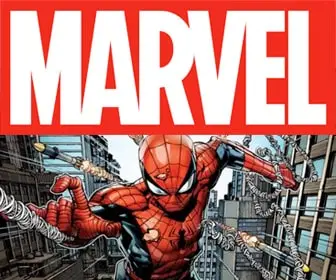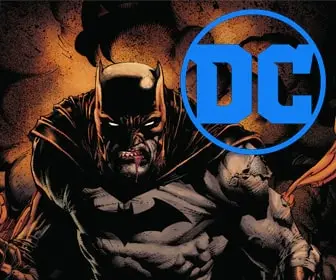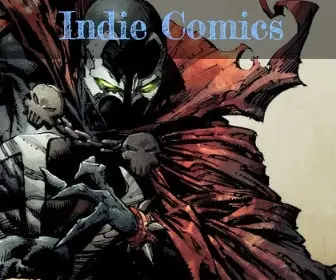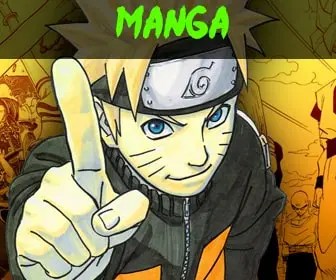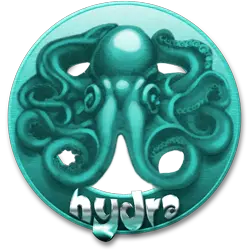
The Art of Inking: Tools and Techniques of Professional Comic Book Artists
Inking is a fundamental aspect of comic book art that often goes unnoticed by the casual reader. It’s a process that involves tracing over the pencil sketches of a comic with ink to create clean, dynamic lines that will be visible even after the coloring process. Inking adds depth, texture, and dimension to the artwork, making it more vibrant and dynamic. Here’s a detailed look at the inking process, including the different tools and techniques used by professional comic book artists.

Tools of the Trade
Traditional Inking Tools
- Ink: India ink is a common choice because it is waterproof and very dark.
- Dip Pen: A traditional inking tool that you dip into the ink bottle. It comes with different nibs for varying line thickness.
- Brush: Used for thicker lines and filling in large black areas. Brushes also provide a range of line thicknesses depending on the pressure applied.
- Brush Pen: A modern alternative to the brush and ink bottle. It has a brush tip and an ink reservoir in the handle.
- Technical Pen: A pen with a fine tip and a consistent line width. It is great for details and cross-hatching.
Digital Inking Tools
- Graphics Tablet: A device that connects to your computer and allows you to draw directly onto the screen.
- Stylus: A pen-like tool used to draw on the graphics tablet.
- Software: Programs like Adobe Photoshop, Corel Painter, or Clip Studio Paint that offer various brushes and settings to mimic the traditional inking process.
Techniques
Line Weight
Varying the thickness of your lines can add depth and dimension to your artwork. Thicker lines can be used to indicate foreground objects or to outline the main characters, while thinner lines can be used for background details or textures.
Hatching and Cross-Hatching
Hatching is a technique where you draw closely spaced parallel lines to create shading. Cross-hatching is similar, but you draw a second set of lines crossing over the first set at an angle.
Stippling
Stippling involves creating texture or shading by drawing small dots. The closer the dots, the darker the area will appear.
Smoothing
Smoothing involves creating a gradient effect by gradually transitioning from heavy ink to light ink or from ink to white space.
Inking is a crucial step in the comic book creation process, adding depth, texture, and dimension to the artwork. Whether you prefer traditional inking tools like dip pens and brushes or modern digital tools like graphics tablets and software, mastering the art of inking will help you create more dynamic and impactful comics. Practice different techniques like varying line weight, hatching, cross-hatching, stippling, and smoothing to add texture and shading to your work. Remember, practice and experimentation are key to developing your own unique style and becoming a master inker!





